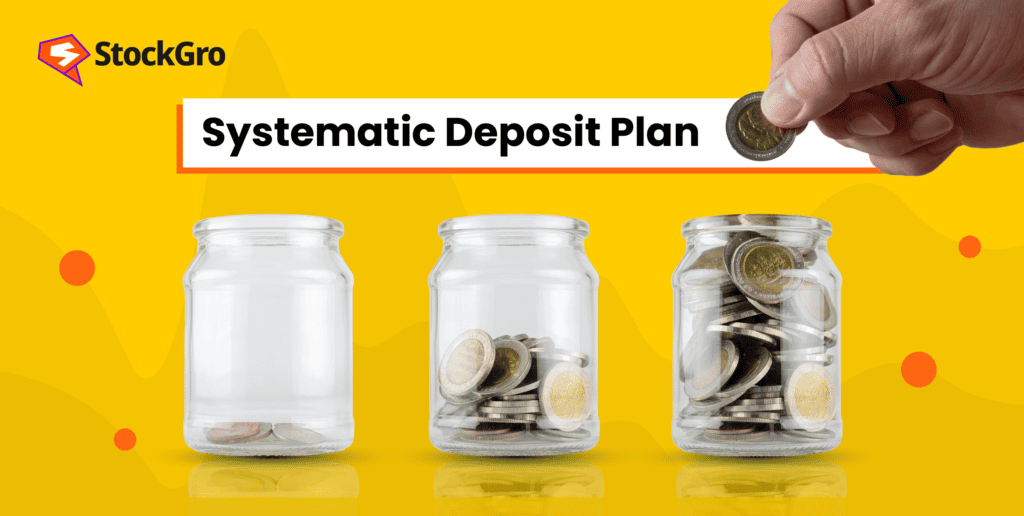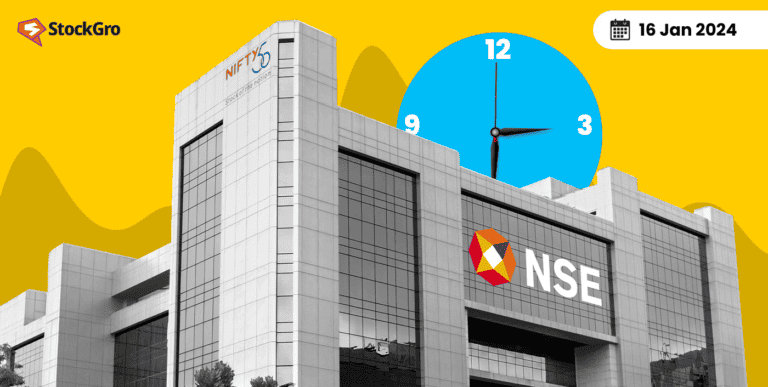
In the realm of financial planning where there are an unending number of risky varieties in which you can invest your money, a systematic deposit plan marries stability and growth.
This unique financial product lets you invest in the market over time without worrying about everyday highs and lows. In this article, we’re going to explore what an SDP is, how it works, and whether it is the right decision for you.
What is an SDP?
People who invest in SDPs make a monthly deposit into their asset class of choice at roughly the same time every month. These deposits, typically ranging from Rs. 5,000 to Rs. 25,000, are treated as individual FDs with their own maturities.
This means every deposit earns interest at the rate on the date it’s made, offering the benefit of dynamic returns compared to traditional FDs locked into a single interest rate.
For instance, if you make a ₹5 lakh FD at 5.6% in year 1, but rates increase to 6% in year 2, you can’t take advantage of that increase. An SDP, on the other hand, will let you invest a small amount of money at both rates, giving you stability and relatively better returns.
SDPs typically come with a tenure of 12 to 60 months, and they allow you to choose the number of deposits you want to make within that time frame. You can also opt for interest payout options:
- Monthly Maturity Scheme (MMS): Under this plan, you can receive both principal and accrued interest for each deposit on its maturity date.
- Single Maturity Scheme (SMS): Under this one, you can get the entire accumulated amount (principal + interest) at the end of the overall tenure.
You may also like: SIP investment: Your path to wealth building
Reasons to invest in an SDP
The benefits of SDPs extend beyond just their unique structure. Here are some compelling reasons why they might deserve a place in your investment portfolio:
- They help build wealth progressively – SDPs cater to individuals of all income levels, enabling them to invest small amounts consistently. This habit-forming approach helps you build wealth gradually and reach your financial goals over time.
- Leverage the power of compounding – With SDPs, your interest earns interest (compounding) on each deposit, leading to a snowball effect that significantly boosts your returns over the long term.
- You control your investments – You have the freedom to choose your investment amount, tenure, and interest payout option based on your specific needs and risk appetite.
- Low risk, relatively high returns – Compared to volatile market instruments, SDPs offer the safety of FDs with the potential for higher returns due to dynamic interest rates.
- Easy management – Most SDPs are offered online, allowing you to manage your investments conveniently through a web portal or mobile app.
Also Read: Buy the dip, sell the rip – stock market strategy explained
Reasons to reconsider
On the other hand, there are also several reasons why you might want to think again before diving headfirst into an SDP:
- Limited liquidity – You can’t withdraw your SDP investments prematurely if you need the cash. You’ll have to pay a penalty.
- Interest rate fluctuations – This can both be a boon or a bane. In low inflationary environments, you might not earn as much with an SDP compared to other assets.
- Long investment horizon – SDPs are suited to investors who have a long investment horizon – roughly 15-20 years. That’s when the compounding really snowballs into something significant.
Also Read: Investment analysis: How to spot market underdogs worth betting on
Conclusion
Systematic deposit plans offer a unique and advantageous way to build wealth over time. Their combination of flexibility, safety, and potential for higher returns could make them a valuable addition to a conservative portfolio.

